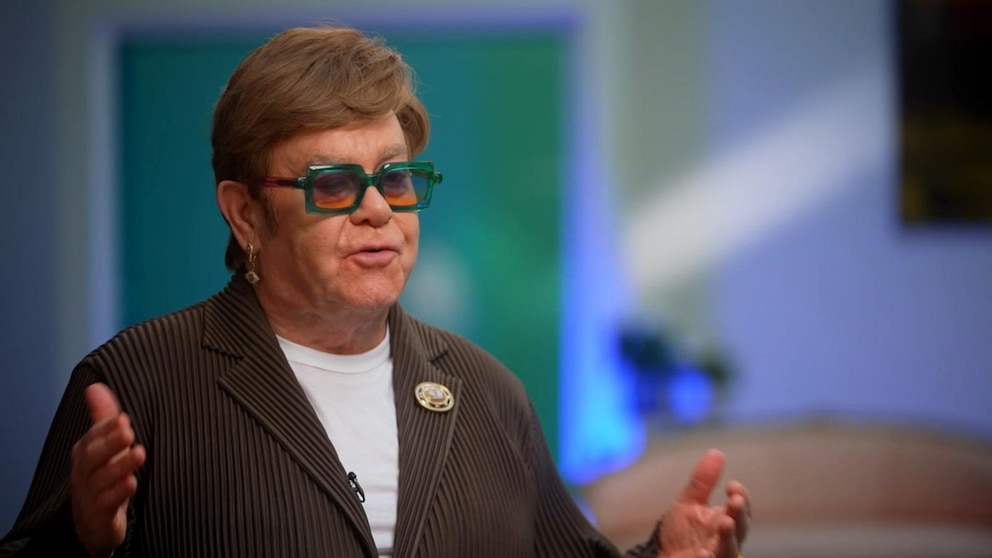Commentary: Trump’s mugshot will go down in history as an important cultural artefact

It will likely be at least a decade or two before the significance of Trump’s mugshot truly registers with people. For now, it is a form of entertainment – a salacious piece of visual culture that Trump’s supporters and opponents have been waiting for and are now putting to use.
But as a historical artefact, the Trump mugshot will be truly unique – it will represent the first time a former president had a public, photographic record of criminal charges. Long after the various trials come to conclusion, the mugshot will serve as a reminder of a particularly troubling time in American history.
THE SUSPICION OF CRIMINALITY
French police were the first to produce mugshots using a daguerreotype camera as early as the 1840s. In order to avoid increased penalties for repeat offenses, criminals could try to change their appearance or give different names if arrested.
The mugshot was a way to combat this deception. Other police departments around the world quickly recognised mugshots’ useful nature.
By the end of the 19th century, police departments amassed photographs of criminals into bound collections called rogues galleries, many of which housed thousands of criminals’ images.
Given its use over more than 150 years, the mugshot has an established association with criminality or, at the very least, suspicion of criminality.
While a mugshot does not mean the person pictured has committed a crime, it does mean that police had reason to bring a person into custody and formally book them.
The typically stern faces of those subject to the camera, as well as the inclusion of accouterments such as identification or prisoner numbers or a height chart in the background, add to this association of criminality.
Source: CNA















